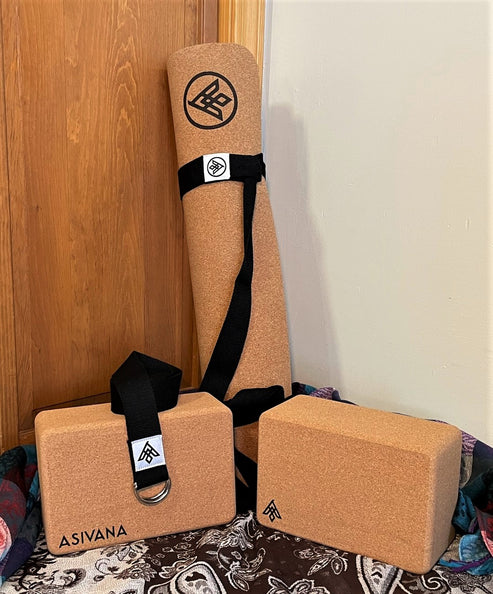What is Hamsa Yoga?
Jack UtermoehlShare
Hamsa yoga is a spiritual practice integrating meditation, breath control, and Vedic astrology to guide practitioners toward higher consciousness.
The Sanskrit word "Hamsa" means "swan," symbolizing purity, wisdom, and the soul’s journey toward liberation (moksha). This practice combines mantra meditation, pranayama (breath control), chakra activation, and astrological insight to cultivate inner peace.
Hamsa yoga is unique in its synchronization of breath with the Hamsa mantra, emphasizing the connection between the breath (prana) and the divine.
Hamsa Mantra
Ham (inhale) – Divine energy entering the body.
Sa (exhale) – Release of impurities and merging with universal consciousness.
Origins of Hamsa Yoga
Hamsa yoga originates from ancient Indian spiritual traditions and Vedic astrology. It draws from the Upanishads and the Yoga Sutras of Patanjali, emphasizing the spiritual significance of breath and sound.
In Vedic astrology, Hamsa Yoga is one of the Panch Mahapurush Yogas, formed when Jupiter is in an exalted position in key houses. This alignment is considered rare and auspicious.
The philosophy of Hamsa yoga revolves around pranayama and meditation, where the swan symbolizes the soul’s ability to transcend physical existence and attain higher awareness.
Hamsa Yoga Practice
This practice emphasizes breath awareness, mantra repetition, and chakra alignment. The "Ham-Sa" mantra is chanted with the breath to harmonize personal energy with the universal life force.
Common Poses
- Easy Pose (Sukhasana) – Supports meditation and breath control.
- Alternate Nostril Breathing (Nadi Shodhana Pranayama) – Balances the mind and nervous system.
- Swan Pose (Hamsasana) – Symbolizes grace and breath awareness.
- Seated Forward Bend (Paschimottanasana) – Encourages introspection and relaxation.
- Corpse Pose (Savasana) – Aids in deep meditation and release.
Hamsa Yoga Suitability
Experience Level: Mixed Level (Suitable for All)
Physical Demand: Gentle Movement
Mind-Body Engagement: Balanced Mind-Body
Adaptability: Highly Adaptable
Focus Area: Spiritual Growth
Notes on Hamsa Yoga
Hamsa yoga enhances spiritual awareness, mental clarity, and emotional calmness. It helps practitioners connect with their inner self, deepening their meditation practice and aligning energy with cosmic forces.
Similar Styles
Kundalini Yoga, Raja Yoga, Bhakti Yoga
Equipment
Required: Yoga Mat
Nice to Have: Meditation Cushion
Optional: Yoga Blocks, Blanket
Yoga Essentials for Your Practice
Support your yoga journey with high-quality, sustainable props designed for comfort and stability.

Crafted from eco-friendly cork for durability and a comfortable practice.
$24
Shop Now
Includes everything you need to get started: a mat, blocks, and a yoga strap.
$120
Shop NowReferences
‘The Heart of Yoga’ by T.K.V. Desikachar
‘Meditations from the Mat’ by Rolf Gates
‘The Yoga Sutras of Patanjali’ translated by Sri Swami Satchidananda






